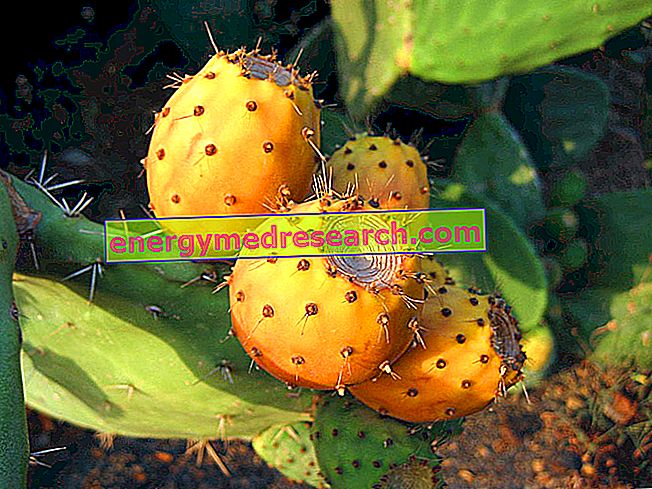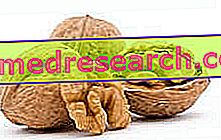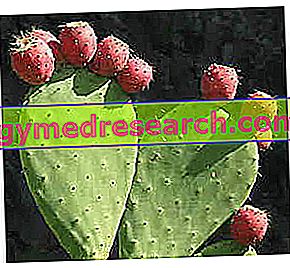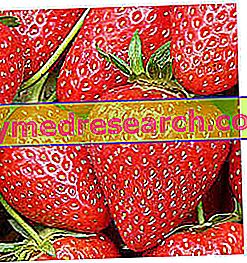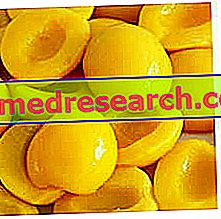It will have happened to everyone that, due to carelessness or bad luck, on contact with a prickly pear, a Teddy Bear cactus or a Cholla cactus, some thorns remain stuck in the skin. While in certain areas of the planet (Mexico, Australia, etc.) taking off the thorns of cacti is an almost daily operation, in Italy it represents (fortunately) a real rarity
Category fruit
walnuts Walnuts are the fruit of the Juglas regia tree, belonging to the Juglandaceae family. In the botanical sense, walnuts are drupes; these are oily seeds (edible portion) wrapped in a woody endocarp (the shell), in turn covered with a fleshy portion (called mallo, mesocarp and epicarp). From the food point of view, the nuts (of which only the seed is eaten) belong to the group of dried fruit; also the husk is used for food purposes, even if in a totally different and peculiar way (mainly as a dye and flavoring)
Generality The feijoa is the fruit of a plant belonging to the Myrtaceae family and the Genus Acca ; the binomial nomenclature of the feijoa is Acca sellowiana . It is a species belonging to the same family as the myrtle, a well-known shrub widespread in the Mediterranean basin, whose fruits are consumed for food purposes
Generality The prickly pear ( Opuntia ficus-indica L.) is a vegetable belonging to the Cactaceae family , the same as the cactus and other succulent plants. The prickly pear is therefore a succulent plant, which can exceed 3m in height and which produces highly appreciated edible fruits. Nutritional composition of Fico D'India - Reference values of INRAN Food Composition Tables Nutritional values (per 100 g of edible portion) Edible part 64, 0g water 83, 2g Protein 0.8g Lipi
Generality Strawberries are the fruit - more correctly the false fruit or conocarp in botanical terms - of plants belonging to the Rosaceae family and the genus Fragaria . The most common type of strawberry is Fragaria x ananassa or strawberry from a vegetable garden / garden , obtained by crossing the North American Fragaria virginiana and the Fragaria chiloensis or Chilean
What we should know about fruit Fruit is a collection of foods exclusively of vegetable origin; it is a non-scientific classification which groups together some typically sugary / sweet foods and excludes others which, although possessing the same biological characteristics (such as tomatoes, courgettes, cucumbers, etc
Fruit means a group of sweet foods of vegetable origin. The fruit can be fresh or preserved and its function in the diet is to provide vitamins, mineral salts, fibers and a variable energy intake resulting from fructose (simple sugar). From the botanical point of view, the other berries, the achenes and the seeds would also be fruits but, by virtue of the remarkable organoleptic and chemical-compositional differences, these are classified in other food groups
For many diabetics, the reduction in fruit consumption is a limitation experienced as a severe food deprivation and restriction. Diabetics, especially those with type 2 diabetes mellitus, need more accurate blood glucose control than healthy people. For this purpose, the nutrition professional who manages the habits of the diabetic must be able to "fit" all the foods most consumed by the subject, optimizing both portions and frequencies of consumption; fruit is no exception
Generality The non-oily dried fruit is a group of CONSERVED foods, therefore processed-artifacts, based on fresh fruit deprived of its free water (Activity Water - AW). Non-oily dried fruit does NOT include achenes and oilseeds (eg walnuts, hazelnuts, almonds, pine nuts, etc.), instead belonging to the category of dried fruit proper
Generality The fruit in syrup is a sweet and preserved food based on fresh fruit. Some consider it a winter variant of seasonal fruit, but this is not exactly the case; the fruit in syrup, in fact - for the high energy supply, the high concentration of simple sugars and the culinary processing to which it is subjected - falls fully within the category of NOT fatty (but still caloric) sweets
Generality The berries belong to the VI and VII group of foods, as they are particularly rich in vitamin C (although there are modest concentrations of carotenoids and some B vitamins). Wild berries are also rich in fiber, water, mineral salts, phenolic substances and fructose. The term "wild berries" identifies a set of fruits that are NOT common to both botanical classification, but rather to the coexistence in the same natural habitat or growth environment; in other words, wild berries are ALL plant-based foods available in the undergrowth or, more generally, in patches of wild veg

